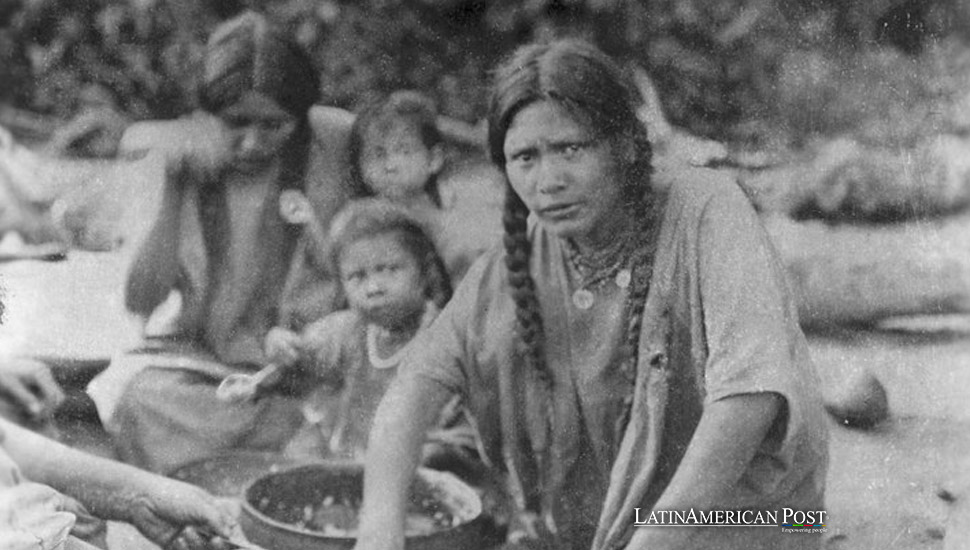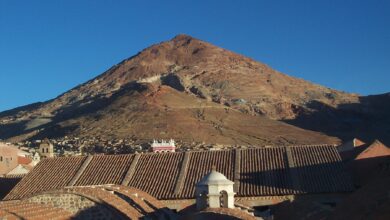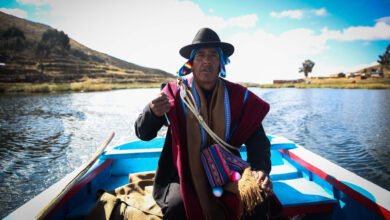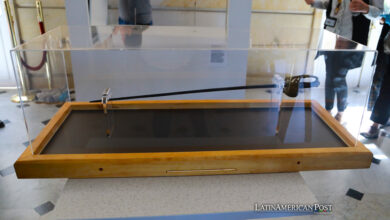Tsimane of Bolivia Share Secrets of Health in Amazon

In the heart of the Bolivian Amazon, the Tsimane people, known for their exceptional health and vitality, reveal the secrets behind their longevity. Yet, according to a BBC report, they face new challenges threatening their way of life as their environment changes.
As Martina Canchi Nate strides through the dense Bolivian jungle, red butterflies flitting around her, it’s hard to believe she is 84. With remarkable vigor, she swiftly digs up yucca trees and cuts down a plantain tree, slinging the hefty fruit onto her back before beginning the journey home. This is not unusual for Martina or others in her community. The Tsimane, a semi-nomadic indigenous group of around 16,000 people living deep in the Amazon rainforest, are renowned for their extraordinary health and vitality, particularly as they age.
According to a report by the BBC, the Tsimane lifestyle is a constant activity. They spend their days hunting animals, planting food, and weaving roofs. Less than 10% of their daylight hours are spent in sedentary activities—starkly contrasting the 54% in industrialized populations. The Tsimane diet is another crucial factor. They consume foods high in fiber, with 72% of their calories coming from carbohydrates. Their protein comes from the animals they hunt, and they traditionally avoid frying when cooking. These dietary habits and their active lifestyle contribute to their extraordinary health.
Researchers led by anthropologist Hillard Kaplan of the University of New Mexico have studied the Tsimane for two decades. They found that the Tsimane have some of the healthiest arteries ever examined, with signs of age-related diseases like hypertension, diabetes, and heart problems almost nonexistent among the elderly. Kaplan noted, “A 75-year-old Tsimane’s arteries are more like a 50-year-old American’s.” This remarkable finding has captivated scientists and health experts worldwide, who are eager to understand how the Tsimane have managed to maintain such good health despite the challenges of their environment.
Unraveling the Secrets of Tsimane Health
The scientific community’s interest in the Tsimane was further piqued when a study published in The Lancet in 2017 revealed that 65% of Tsimanes over the age of 75 had no coronary artery calcium (CAC)—a sign of clogged blood vessels and a risk factor for heart attacks. In contrast, 80% of Americans of the same age show signs of CAC. This finding was groundbreaking, challenging the assumption that atherosclerosis is a byproduct of modern lifestyles.
In 2023, a second study published in the Proceedings of the National Academy of Sciences found that elderly Tsimanes showed up to 70% less brain atrophy than people of the same age in industrialized countries like the UK, Japan, and the US. The absence of Alzheimer’s disease among the Tsimane population was particularly striking. As Bolivian doctor, Daniel Eid Rodríguez, a medical coordinator for the researchers, told the BBC, “We found zero cases of Alzheimer’s among the entire adult population—it is remarkable.”
The Tsimane’s lifestyle is central to their health. They live in a remote region along the Maniqui River, 600 kilometers north of La Paz, with limited access to processed foods, alcohol, and cigarettes. Their diet is rich in natural foods, and their active lifestyle keeps them in constant motion. For example, an average hunt lasts over eight hours and covers 18 kilometers. These factors and their genetic predispositions have allowed the Tsimane to maintain extraordinary health well into old age.
The Challenges Facing the Tsimane
Despite their remarkable health, the Tsimane community faces new challenges as their environment changes. According to the BBC, recent forest fires have devastated large swathes of the Amazon, destroying nearly two million hectares of jungle and forest. This environmental destruction has directly impacted the Tsimane’s way of life. Juan, a 78-year-old Tsimane hunter, explained that he had been unable to hunt a large enough animal in months because “the fire made the animals leave.” As a result, he has begun raising livestock as an alternative source of protein.
The introduction of modern technologies is also bringing change to the Tsimane community. Using boats with outboard motors, known as peque-peque, has made it easier for the Tsimane to access markets where they can buy processed foods like sugar, flour, and oil. This increased access to processed foods, combined with reduced physical activity as they row less and rely more on motors, has led to health issues previously unheard of among the Tsimane. Dr. Eid pointed out that cases of diabetes, which were rare 20 years ago, are now beginning to appear among the younger population, and cholesterol levels are also rising.
The researchers who have studied the Tsimane for two decades have also played a role in these changes. While their research has provided valuable insights into Tsimane’s health, it has also led to better access to healthcare for the community, including cataract operations and treatments for broken bones and snake bites. However, as Dr. Eid observed, “Any small change in their habits ends up affecting these health indices.” The delicate balance that has allowed the Tsimane to maintain such good health for so long is now threatened by the changes meant to improve their lives.
Preserving a Way of Life
The future of the Tsimane people is uncertain as they navigate the challenges posed by environmental changes and the encroachment of modern society. While their traditional way of life has sustained them for generations, providing them with extraordinary health and longevity, the changes brought by deforestation, climate change, and modernization are beginning to take their toll.
For the elderly Tsimane, like Martina and Juan, old age is not something to be feared. As Hilda, another elderly member of the community, told the BBC with a laugh, “I’m not afraid of dying because they’re going to bury me, and I’m going to stay there… very still.” This stoic acceptance of life and death is part of what makes the Tsimane unique. They have lived in harmony with their environment for centuries, but now that the climate changes, they must adapt.
As the Tsimane community faces these new challenges, researchers and health experts wonder how long this remarkable group can maintain its extraordinary health. The secrets of their longevity may hold valuable lessons for the rest of the world, but only if the Tsimane can continue to live as they have for generations. The key to preserving their way of life may lie in finding a balance between modernity’s benefits and tradition’s wisdom.
Also read: New Piranha Species Discovery in Bolivia Highlights Biodiversity Research
In the end, the story of the Tsimane is not just about their health but about the resilience of people who have thrived in one of the most challenging environments on earth. As the world around them changes, the Tsimane reminds us of preserving cultural and environmental diversity in a rapidly globalizing world. The lessons they offer may be more relevant now than ever as we all grapple with the impact of modern life on our health and well-being.





